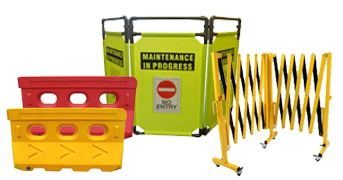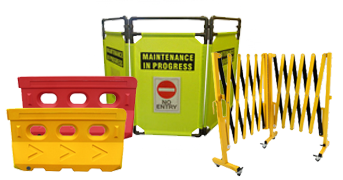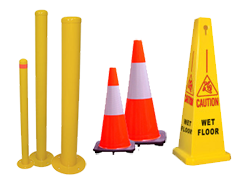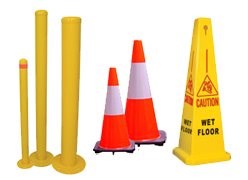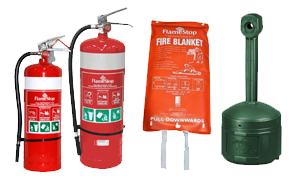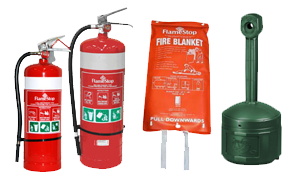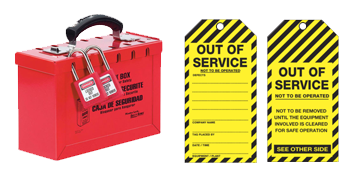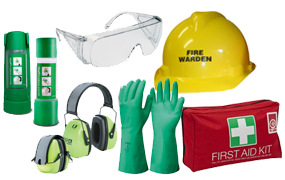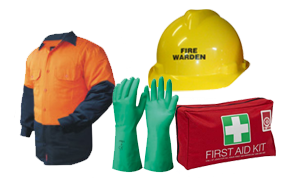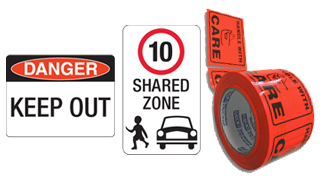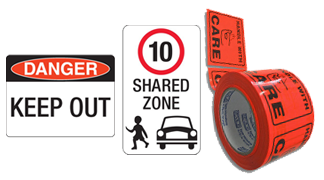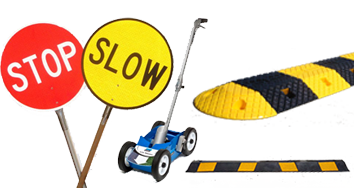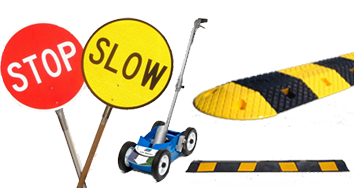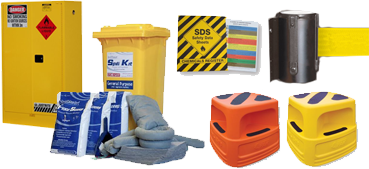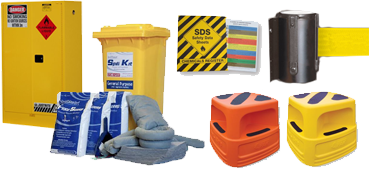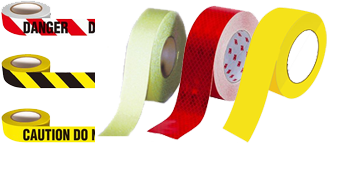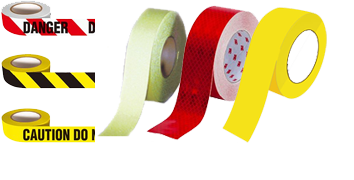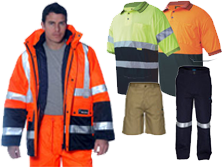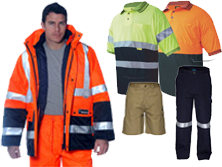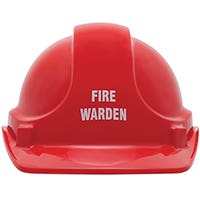

Learning Basics
A fire warden is an individual within an organisation who is assigned responsibilities relating to fire and emergency safety. This can include the creation and conduction of fire safety procedures within an organisation, among other tasks. Fire Wardens are an integral part of ensuring that an organisation is prepared in the case of an emergency situation.
Choose your fire warden carefully!
Duties of a fire warden – Daily/Weekly
- Aid in the prevention of emergencies by monitoring fire risk control measures.
- Implement required changes to improve emergency procedures.
- Check to ensure that fire exits EXIST and ARE CLEAR AT ALL TIMES.
- Educate other staff about fire hazards in the workplace.
- Instruct staff on how to respond in an emergency – ensure all staff know who is fire warden.
- Lead fire drills to ensure everyone is familiar with all escape routes and emergency exits.
- Know the fire alarm – organise training if required.
- If required, appoint an assistant fire warden to assist in duties in case of emergency.
- Ensure that all safety personnel (fire warden, first aid officer, deputy fire warden etc.) receive appropriate training.
Duties of a Fire Warden – During an Evacuation
- Stay calm and in control!
- Direct all staff, visitors and others to leave the building using appropriate routes and exits.
- While exiting the building… Check all spaces in the immediate area to confirm everyone has evacuated.
- DO NOT put themselves in harm’s way at any time.
- Close doors where possible to isolate fire.
- Guide everyone to assembly area.
- Assist in checking that everyone has arrived (be assisted by assistant fire warden).
- In the case of regular visitors to the workplace (e.g. contractors or other external work-related visitors), ensure they sign a logbook and consider also enforcing they wear a lanyard or tag that identifies them as visitors.
- Along with a list of present staff, the visitor logbook can also be con this allows them to be accounted for when head counts are carried out after evacuation.
Fire Drills in the Workplace
Evacuation drills are essential for ensuring that fire wardens and workers are prepared in case of a real emergency. There is no legal requirement for conducting a fire drill. However, best practice indicates that a company should conduct evacuation drills at least once every year, and preferably every 6 months or more.
For example, more frequent evacuation drills are highly recommended if:
- The workplace is considered a ‘high risk’ environment for fire or other emergencies.
- The workplace is a school or other similar environment containing young or otherwise vulnerable people. Many schools and education facilities conduct emergency drills up to once a month.
Prior to… - Ensure that the Fire Alarm is working.
- Alert nearby patrons/neighbours etc. that a fire drill will be conducted.
- Ascertain whether the fire alarm/s present are connected to the fire department.
- If deemed necessary, alert the fire department that a drill is being conducted and at what specific time.
During… - Follow all procedures as though in a real evacuation.
- Note any areas or points during the drill that are incorrect, and will require corrective measures.
After… - Instigate any corrective measures that are deemed necessary during a drill.
Appointing a Clear Chain of Command for fire safety within an organisation
A clear chain of command must be created in an organisation to ensure that emergency procedures run smoothly.
Depending on the size of an organisation and/or the physical space occupied, different roles are required.
Key Roles and Responsibilities:
Chief Fire Warden – This individual (or multiple individuals, depending on the size of an organisation) has overall responsibility for a fire event, including preparation and planning.
Assistant Fire Warden – This individual (or multiple individuals, depending on the size of an organisation) is responsible for contacting the fire department and all relevant emergency services (call 000), alert all employees, and aiding chief fire warden to check all staff and visitors are present in case of emergency.
Other roles that may be required:
Fire Extinguisher – An individual (or multiple individuals) who is knowledgeable in operating a portable fire extinguisher. In the case of a fire, these individuals will attempt to put it out only in the case that the fire has NOT LEFT ITS ORIGIN. PLEASE NOTE: If the fire can’t be brought under control within 30 seconds, the fire extinguisher must STOP, close the door and escape safely.
Staff and Visitors – Staff may also require a certain degree of responsibility, as they may be required to assist visitors and other staff to exit the building. For this reason, it is recommended that companies:
- Have an informative and clear evacuation plan in place for staff and any visitors to the building.
- Ensure all staff are fully informed and knowledgeable about the procedures required in an evacuation.
- Ensure all or most staff are aware of procedures in place to assist visitors and other people with their evacuation – the main goal being to ensure that nobody is confused or lost when it comes time to evacuate.
Evacuation Assembly Points
A company should appoint two fire evacuation assembly points. The first should be designated as the ‘main’ assembly point, and a second should be appointed as the ‘backup’ assembly point – to be used in the case that the first is not accessible or safe.
How to Choose an Assembly Point?
Key Points:
- Must be located in large, open space that is big enough to accommodate everyone from the building.
- A back up assembly point should be established for use in the event that your primary location cannot be used for some reason.
- Must be easily accessible from the office building.
- Must be at least 16 metres from the building for added safety.
- Must not obstruct emergency services (car parks/ drive ways are not suitable).
- Must not be located within other structures attached to main space (gardens or courtyards).
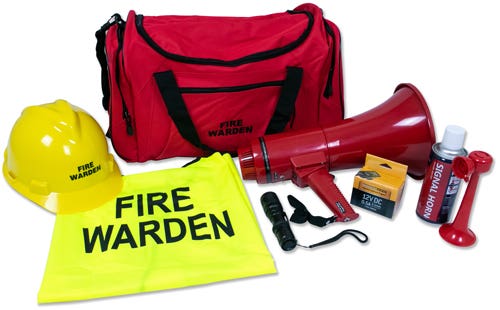

Choosing the right gear for the job shouldnt be a hassle. We have grouped together our best selling fire warden products for you below to avoid the confusion!
Alternatively, if you are just starting out, we have assembled a fire warden kit for your convenience.
1. Identify
Quickly identify key people in an emergency with Hardhats, Vests and Armbands.
2. Communicate
In the confusion of an emergency, you need to get your message out loud and clear.
3. Organise
Seconds count when lives are at stake. Make sure your facility is signed and organised so people know where to go.

